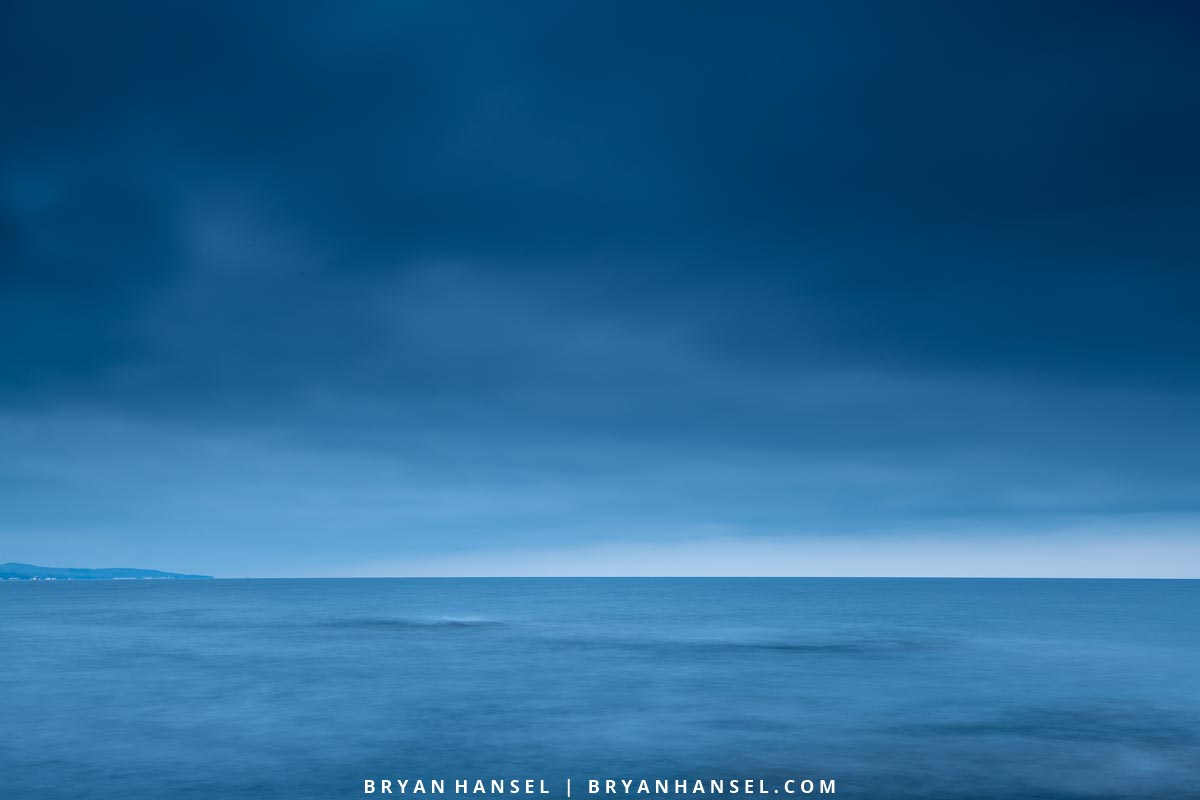While many approaches exist to produce simplicity in photography, the idea of additive composition instantly creates a simple minimalist shot that works as a palette for as much complexity as needed. In my workshop presentations, I talk about a three-part process for composition: Simplicity, Flow and Relationships. Summed up, simplicity means including as few compositional elements (shapes, lines, patterns, textures and colors) as possible while still producing the strongest photo possible. Even though that might sound simple, workshop students often struggle with the simplicity part of that process.
Additive Composition
Enter additive composition. In additive composition when you size up the scene, you first ask yourself what is the bare minimum that you could include in the composition and still capture the essence of place needed to anchor the photo to a location. You don’t even have to be at the scene for this exercise to work, but it doesn’t hurt to spend some creative time at the location to getting a feeling of place.
For example, I recently held a Lake Superior Winter Photography Workshop. During the workshop, I asked the question, “What is the bare minimum that you could include in the composition and still show that it is Lake Superior?” One person in the class answered, “Water,” and another answered, “Water and the sky.” The idea of just using the water and the sky is about as simple as I think you can get. On Superior, the colors and shapes of both the sky and water seem unique when compared to other large bodies of water. Lake Superior images are almost instantly recognizable based on those compositional elements. For an example of this, check out Craig Blacklock’s book Horizons [Amazon affiliate link]. Or the my image included below.
Ask This Question
“What is the bare minimum that you could include in the composition and still show a sense of place or sense of the event?”

Step Two of Additive Composition
In the next step of additive composition, you add one strong, eye-catching element to the minimalist image you produced. That image needs to add some kind of statement or feature to the image, and it should be a shape, line, pattern, texture or color. You can also ask, “How can I add a compositional element to further show a sense of place or sense of an event?” In the next image, I wanted to show that this picture of Lake Superior was taken during winter, so I added a cool ice feature that I found along the shore of Artist’s Point in Grand Marais.
This method of composition doesn’t limit you to simple compositions, because you can always layer more elements onto the scene. Take these three images as examples. In the first, the simplest composition would have been sunset and the lake. I wanted to show the icy rocks on the shore and then I wanted to show more ice that made it feel confined and framed the scene using the ice walls. In the next image, there was ice floating on the lake in the waves, so I started with the lake and sky, added the moving ice and then I wanted to show where the ice came from so I added the ice tongue. In the last image, I was at The Rock. The bare minimum I could include while showing the sense of place was the island, the sky and the water. I wanted to add more to the scene to show winter and water in its unique forms. I found this wave pool reflecting The Rock and waited for the water to be calm enough to show the reflections.
Using Additive Composition
That’s it. It’s a simple concept. After using it a few times, it becomes intuitive and you won’t need to ask the questions anymore. When you are learning, try to get to your location ahead of the golden hour or when you expect the lighting to be good. Then look around and explore while asking the two questions. Answer the first question first, and then answer the second question as you work the scene. You might ask the second question multiple times as you layer new elements into your composition.
- What is the bare minimum that you could include in the composition and still show a sense of place or sense of the event?
- How can I add a compositional element to further show a sense of place or sense of an event?





Leave a Reply